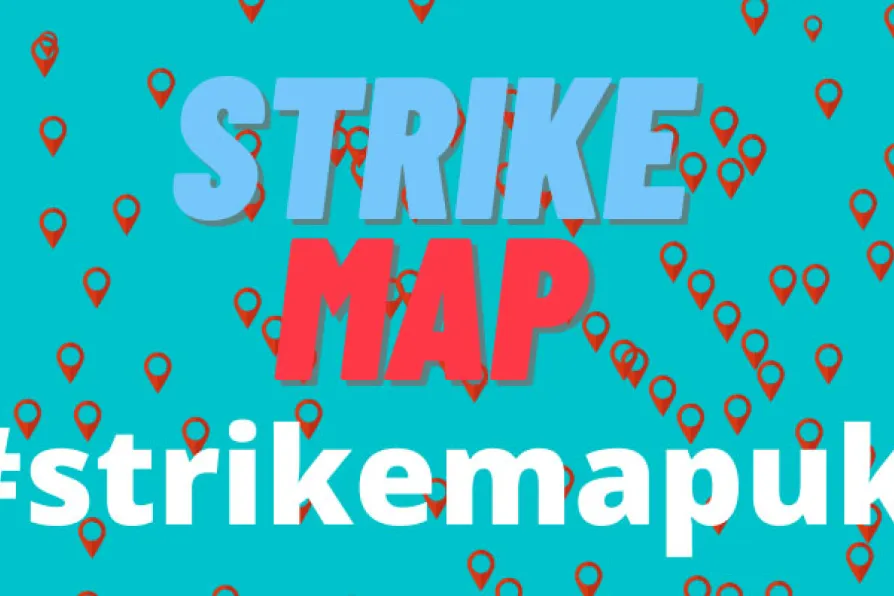Trump’s escalation against Venezuela is about more than oil, it is about regaining control over the ‘natural’ zone of influence of the United States at a moment where its hegemony is slipping, argues VIJAY PRASHAD
Workers strike back!
The most powerful tool of organised labour is the strike but there is no record kept of where these actions are taking place. Strike Map UK want to change that, write HENRY FOWLER and ROBERT POOLE


TWENTY twenty has shown us, if nothing else, the value of belonging to a union. When our bosses and our government let us down it’s to our unions we turned.
The most powerful tool at the disposal of organised labour is the strike. The strike serves many purposes including: demanding concessions of capital, and perhaps more importantly, realising worker power through disrupting capital through what Tronti referred to as a “refusal to work.”
Strikes develop class consciousness and by emphasising the collective power of workers they build solidarity.
Similar stories

Ben Cowles speaks with IAN ‘TREE’ ROBINSON and ANDY DAVIES, two of the string pullers behind the Manchester Punk Festival, ahead of its 10th year show later this month
Read Sisters, the journal of the National Assembly Of Women, below.

CAROLINE FOWLER explains how the slave trade helped establish the ‘golden age’ of Dutch painting and where to find its hidden traces

The Morning Star sorts the good eggs from the rotten scoundrels of the year










